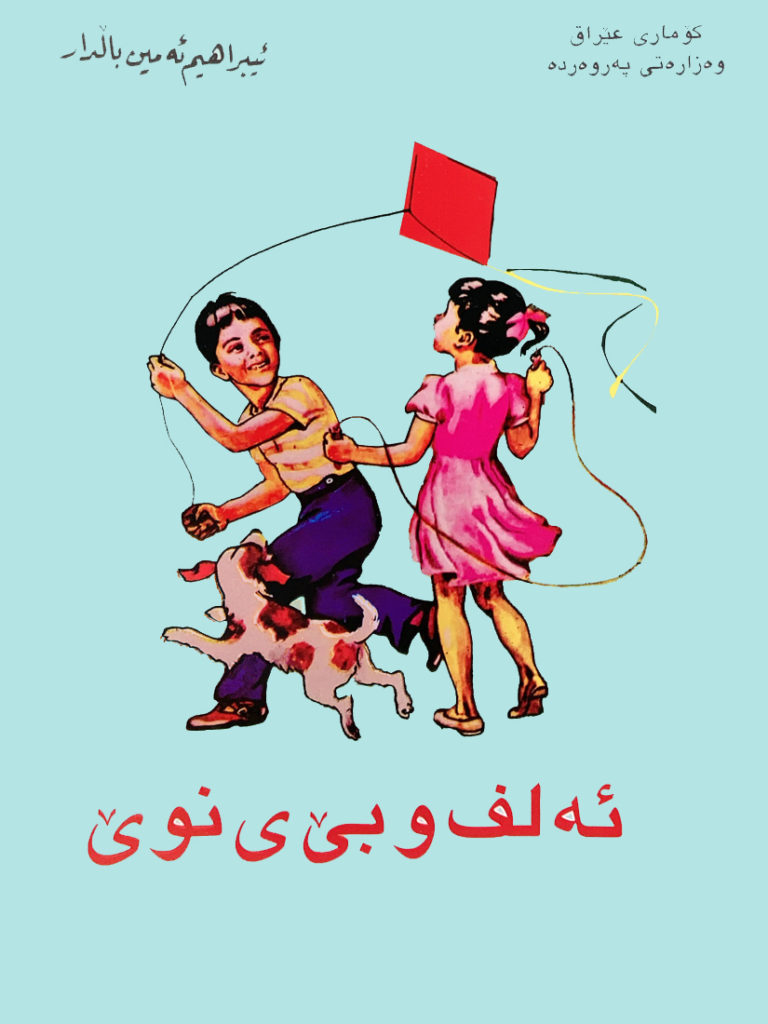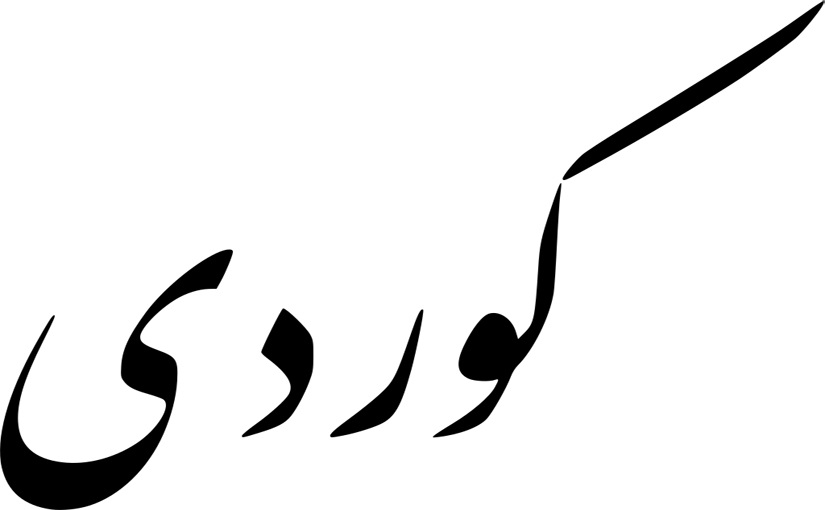If you’re studying Sorani Kurdish, learning to read and write in the Kurdish script is an important tool. Some language learning resources for Sorani use the Latin script, but to go deeper you’ll need to take advantage of materials that use the Kurdish script. In daily life Sorani speakers nearly always use the Kurdish script to read and write their language (the exceptions being text messages and social media), so if you plan on spending time in Kurdistan, knowing the Kurdish script will make shopping, getting around, and learning more of the language much easier.
In daily life Sorani speakers nearly always use the Kurdish script. If you plan on spending time in Kurdistan, knowing the Kurdish script will make shopping, getting around, and learning the language much easier.
Learning the Kurdish script is something that you can do on your own. In this article I’m going to suggest one approach, using four different resources.
Recommended resources for learning the Kurdish script
- Learn to write and pronounce the Kurdish Alphabet – a YouTube video from Glossika.
- Tabea Kaufmann’s “Kurdish reading lessons“.
- The traditional reader, used in Kurdish schools: ئەلف و بێ ی نوێ (The New Alphabet).
- “Writing in the Kurdish Script” in Book B of Şirîn and Gulzar’s Sorani Kurdish: Complete Course.
None of these four resources introduces new letters in exactly the same order as the others so it’s not easy to use them all at the same time. Instead, I recommend using each of them to master different aspects of the Sorani script in turn, by following these steps:
1. Watch Glossika’s video
Watching this video is like joining a 45 minute class taught by a master teacher. It quickly gives an overview of the entire alphabet, which has some major differences from English or other Latin based scripts. That’s why I recommend starting with Glossika’s video, Learn to write and pronounce the Kurdish Alphabet, first. The teacher, Iman, does a fantastic job of explaining how the Kurdish alphabet works and introducing the letters in each of their different positions. The video is too fast to really master the letters though. Even with pausing the video and taking time to practice writing each letter, don’t expect to know them all by the end.
To view the letter groupings as they are introduced in this video, and for links to specific parts of the video, please click to expand the list below.
2. “Kurdish reading lessons”
Continue mastering recognition of the letters by completing Tabea Kaufmann’s “Kurdish reading lessons”. She has generously allowed Kurdish Central to host these lessons as a free resource. Each lesson introduces a few letters and provides reading practice, using only the letters introduced so far.
Click below to see which letters are introduced in each lesson. Lessons that aren’t listed below are practice reading or exercises that don’t introduce new letters.
3. “The New Alphabet” Kurdish reader

The Kurdish reader, ئەلف و بێ ی نوێ (“The New Alphabet”), is a classic that many Kurdish children still use in school. Tabea’s lessons, above, introduce letters in roughly the same order as this reader and include some example words and readings from it. For further reading practice, you can refer to the reader itself. If you are living in Kurdistan, this book is widely available at booksellers and in print shops.
Click below to see the order in which this reader introduces new letters and the page numbers where they are found.
4. Master writing using the Complete Course
While the resources above will help you learn to read the Kurdish alphabet, the best instruction for writing is found in “Writing in the Kurdish Script”, in Book B of Şirîn and Gulzar’s Sorani Kurdish: Complete Course. “Writing in the Kurdish Script” shows how Kurdish people write each letter out by hand: where they put their pen or pencil to start, which direction they move it, etc. (Read here for how to type in the Kurdish on computers or mobile devices.) It also includes punctuation and numbers, which are not found in the other resources. The disadvantage of this resource is that the first portion uses examples in Behdini Kurdish rather than Sorani. Don’t plan on learning vocabulary items from the Behdini section, but I do recommend it strongly for learning to write the letters. There’s also a short reading section at the end that’s in Sorani only.
What resources helped you learn the Kurdish script?
Have you learned to read and write the Kurdish alphabet? Please leave a comment on our Facebook page and let us know about your experience and if the resources above were helpful or if you have others to recommend.
Featured image: Sarchia, CC BY-SA 4.0, via Wikimedia Commons

